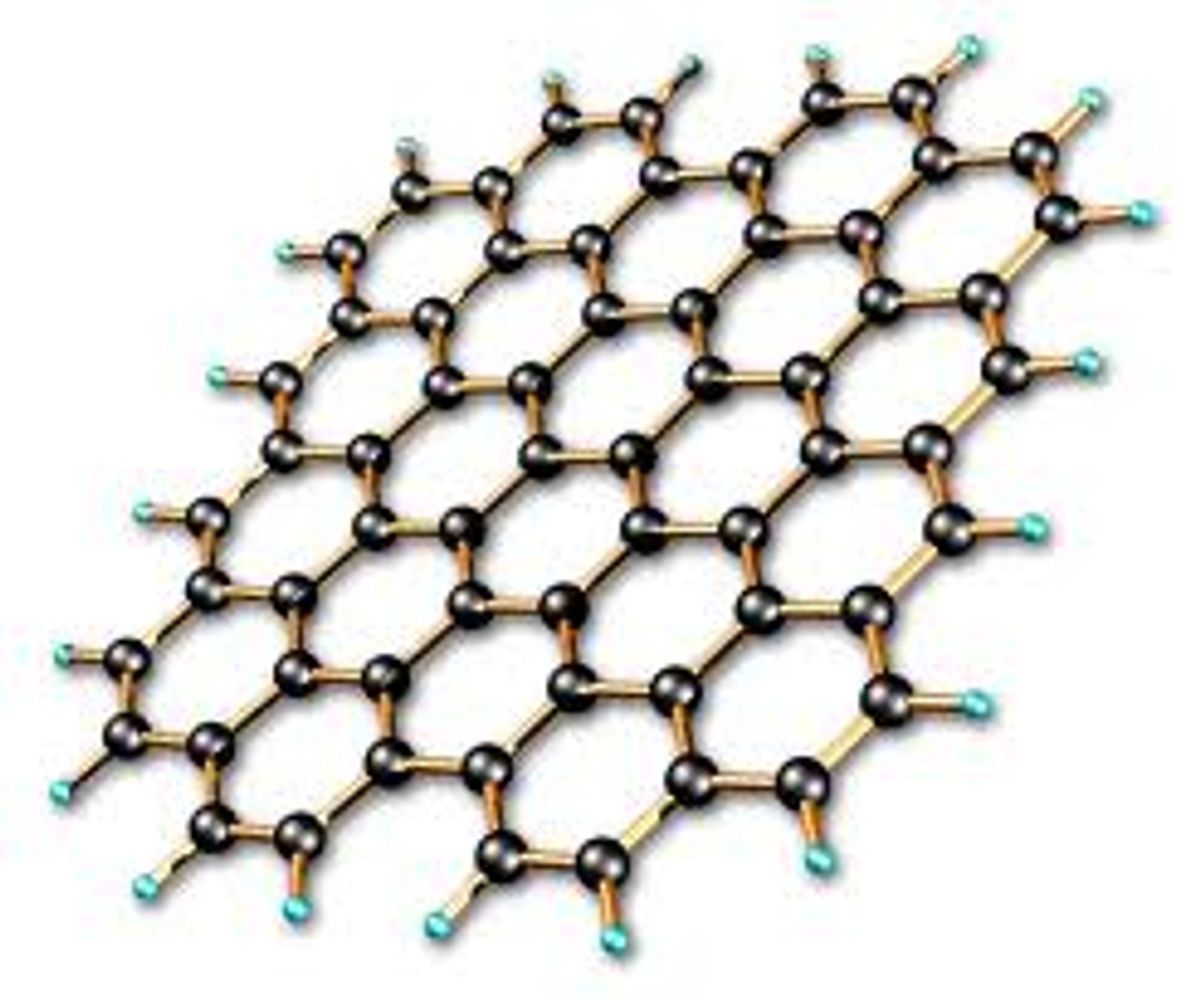I just spent the last glorious week up at Jackson Laboratory in Bar Harbor, Maine listening to researchers explain the state of medical genetics. "Next generation sequencing" was a term I kept hearing. What's clear is that being able to quickly and inexpensively sequence the complete genome of a patient will revolutionize research into, and eventually the treatment of, nearly every disease out there. We now typically look at the genome with a flashlight, sequencing those areas for which we have a reliable lead. Soon, we will be working under a floodlight.
Robert Nussbaum, a geneticist from UC San Francisco said it best. "It's going to illuminate the dark matter of the genome."
The technology to keep your eye on is called nanopore sequencing (here's a good intro), and this summer has been particularly exciting. Two groups have published variations on a similar approach to sequencing DNA by passing it through a perforated sheet of graphene. Both are described in the journal Nano Letters (here and here).
In theory, the technology would work like this: directed by an electrical current, DNA would pass through nanosized holes (about 5-10 nm in diameter) in a single layer of graphene. Because the graphene is so unimaginably thin (1-5nm thin) only one pair of bases would inhabit the pore a a given time. Fluctuations in the electrical conductance of the membrane and measurements of the ionic current will be specific to each base pair in the DNA and can be used to sequence it as it passes through.
This is, so far, the most promising approach to be described. Let me give you a couple more of the consequences of next-generation sequencing that I've absorbed in the last week. It will give us insight into why individuals respond differently to drugs and will eventually personalize drug therapy. It will make individual gene testing obsolete. It will bring new, rare gene variants to light that we can then begin studying in relation to disease.
It will also, very importantly, put pressure on companies who have large databases of the genetic information they've mined from patients and clients to make their resources public and available for research. Nussbaum estimated that only about 5% of that information is now available publicly. Next generation sequencing would make it less of a commodity.
He also emphasized however, that this deluge of data makes it even more important for us to get on track with electronic health records. "We absolutely have to have electronic records," he says.



